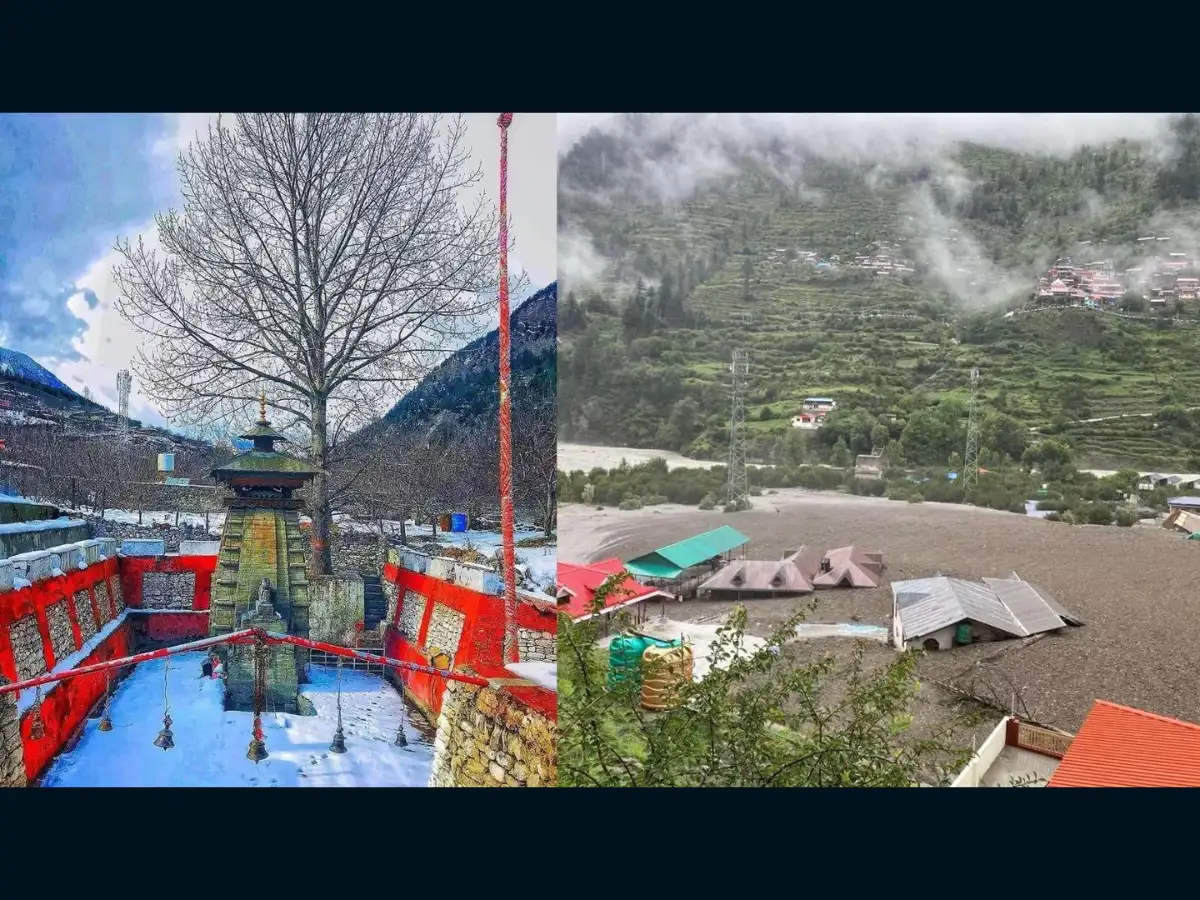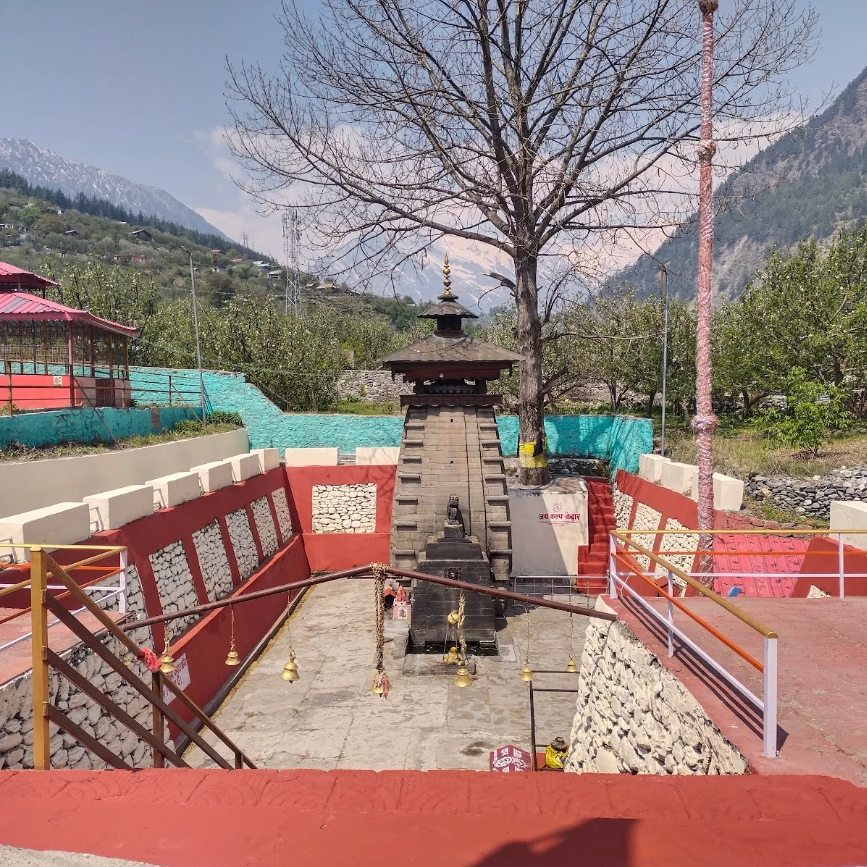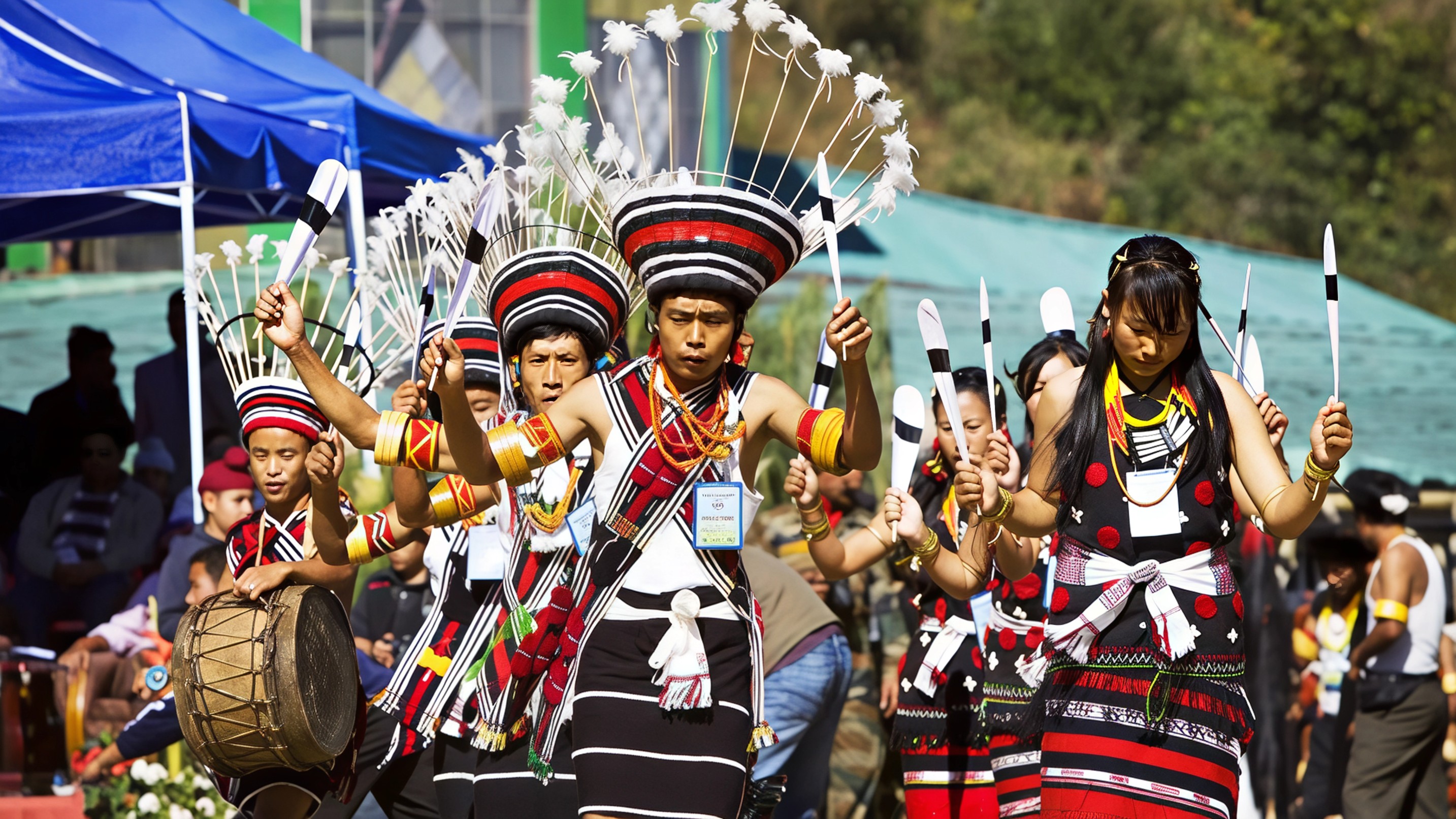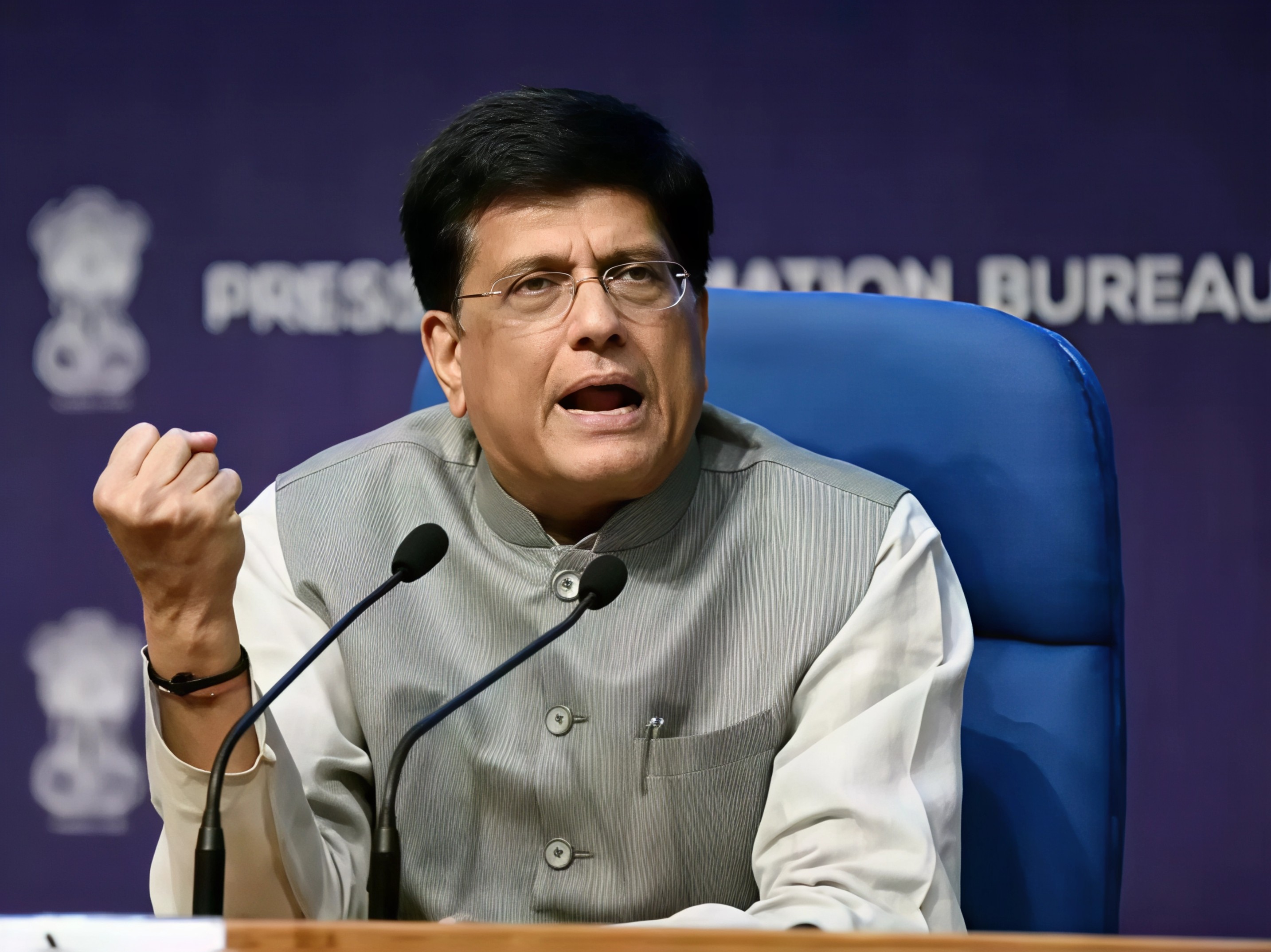In early August 2025, a devastating flash flood tore through the Gangotri valley in Uttarkashi, leaving behind destruction that claimed not only homes and orchards but also a centuries-old cultural treasure. Among the many losses was the Kalp Kedar temple in Dharali, a revered Shiva shrine believed by locals to have been built by the Pandavas during their exile.

For decades, the temple had stood partially hidden, with only its intricately carved dome visible above the ground after a glacial shift in the early 1900s submerged most of its structure. The dome, adorned with the face of Kalabhairava, became the last remaining visible connection to a sacred site that had endured for generations. Despite excavation attempts in the 1980s, the temple’s Shivling remained concealed beneath layers of earth and stone.
When heavy rains triggered a sudden surge in the Kheer Gad stream this August, the floodwaters ripped through Dharali, washing away everything in their path. Landslides, collapsed bridges, and blocked roads hampered rescue operations, while families were displaced and lives lost. In the midst of this tragedy, the final piece of Kalp Kedar the visible dome was buried under mud, rock, and debris, erasing the shrine from sight entirely.
For the people of Dharali and the Gangotri valley, Kalp Kedar was far more than a place of worship. It was a cornerstone of their spiritual life, a stop for pilgrims en route to Gangotri or the Panch Kedar temples, and a gathering point during the holy month of Shrawan. Its disappearance is felt not just as the loss of a historic monument, but as the breaking of a spiritual bond that has tied the community together for centuries.
The destruction of Kalp Kedar underscores the growing threat to Himalayan heritage from climate-driven disasters. Rising temperatures, unstable glaciers, and increasingly intense monsoon rains are putting both cultural landmarks and human settlements at risk. Whether the temple can ever be recovered remains uncertain. For now, it lives on in the oral traditions of the villagers, in the memories of pilgrims who once stood before it, and in the collective identity of a community bound to its legacy.
For more stories on India’s most treasured and vulnerable heritage sites, follow Travel Moves on Instagram and Facebook.








